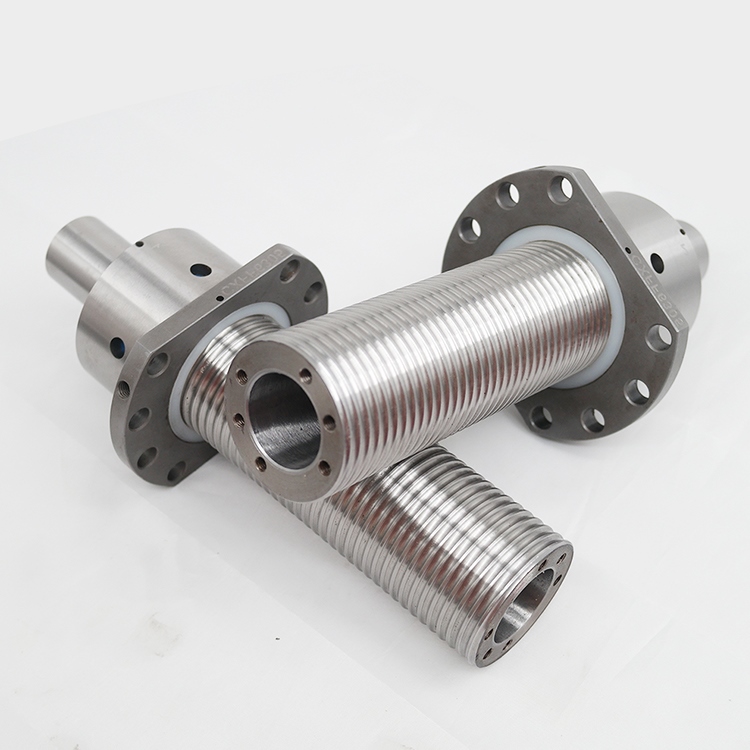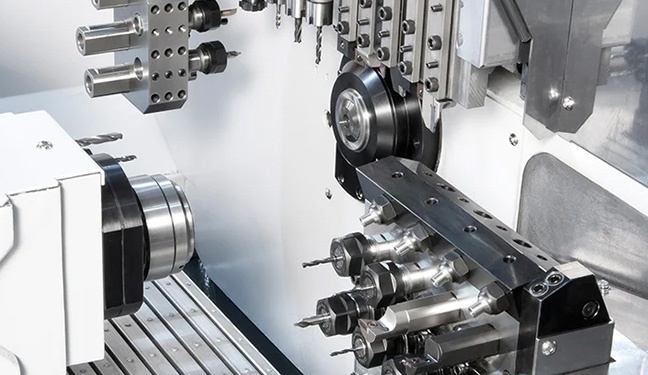Analysis of the development trend of ball screws in the next three years
Apr 11, 2025
As a core component in the field of precision transmission, we predict that the development of ball screws in the next three years will be deeply affected by the needs of industrial automation, high-end manufacturing and emerging technologies. The following is a detailed analysis of the main development trends:
1. Nanjing Chunxin adopts technology upgrades and performance breakthroughs
Higher precision and rigidity: With the increase in precision requirements in fields such as semiconductor equipment and medical machinery (such as nano-level positioning), ball screws will further improve repeat positioning accuracy (possibly within ±1μm) and axial rigidity by optimizing groove design, material heat treatment process and preload control.
High speed: Through lightweight design (such as hollow shaft) and low-noise steel ball circulation technology, the speed is expected to exceed 2000 rpm to meet the needs of high-speed CNC machine tools and robots.
Integrated intelligent functions: "Smart screws" with built-in sensors (temperature, vibration, load monitoring) will become popular, and predictive maintenance will be achieved through real-time data feedback to reduce unplanned downtime.
2. Nanjing Chunxin updates materials and process innovation
New material applications: The use of ceramic balls or hybrid ceramic bearings will reduce weight and friction, while high-strength alloy steels (such as nitrided steel) can extend life to more than 200,000 hours.
Manufacturing process innovation: 3D printing technology may be used for customized end caps or nut structures to reduce assembly errors; ultra-precision grinding technology combined with AI quality control will improve consistency.
3. Industry application expansion
New energy and electric vehicles: The demand for high-precision linear motion in battery production lines (such as pole piece slitting equipment) will drive the market growth of large-load ball screws (>10 tons axial load).
Aerospace: Lightweight and extreme temperature-resistant screws are used in scenarios such as drone servos and satellite deployment mechanisms.
Medical robots: Surgical robots require miniaturized (diameter <6mm) and non-magnetized ball screws, which give rise to demand for special materials.
Summary
The ball screw industry will develop in the direction of precision, intelligence, and scenario-based. Although it faces pressure to replace linear motors, it is still irreplaceable in terms of cost-effectiveness, reliability, and specific application scenarios. Nanjing Chunxin is also constantly improving product technology to achieve more reliable and stable performance.
If you are looking for high - quality products, welcome to visit our website at www.chunxinauto.com to learn more product information. We look forward to cooperating with you to jointly unlock a new chapter of creativity.
To sum up, if you have any questions, please contact us. We are always online and welcome your consultation.

 Network Supported
Network Supported